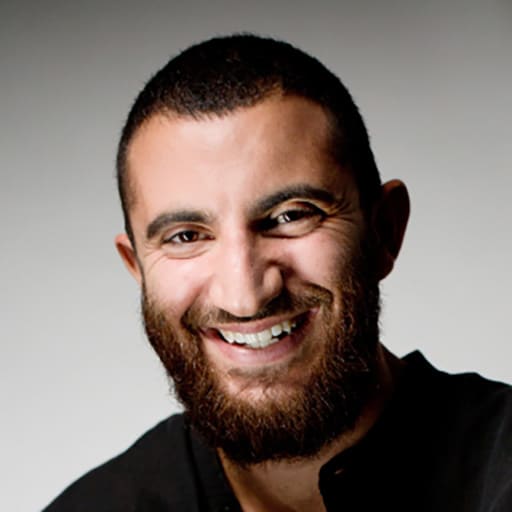Ma Atema, obiaoeman, 2019 © Karl Joseph
“Wherever you look, in any country where they were brought by force, you will find slaves running away. They are called Maroons. The term is derived from the French adjective marron, by way of the Spanish ci...




